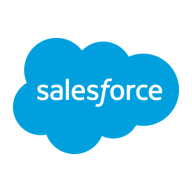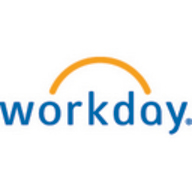

Tableau Enterprise and Workday Prism Analytics are competitors in data analytics. Workday Prism Analytics has an edge in data integration capabilities, making it preferable for organizations focused on seamless integration.
Features: Tableau Enterprise provides interactive dashboards, robust data visualization tools, and flexible integration capabilities. Workday Prism Analytics offers strengths in data blending, real-time workforce analytics, and secure data handling, leveraging analytics within extensible datasets.
Room for Improvement: Tableau Enterprise could enhance its data integration capabilities, expand its feature set, and improve its real-time analytics. Workday Prism Analytics may benefit from offering more user-friendly visualization tools, simplifying deployment processes, and providing versatile dashboard features.
Ease of Deployment and Customer Service: Tableau Enterprise is noted for its easy deployment and comprehensive support. Workday Prism Analytics involves a complex deployment needing detailed configuration but has a robust service architecture.
Pricing and ROI: Tableau Enterprise is considered competitively priced with a strong ROI due to its visual analysis strengths. Workday Prism Analytics, placed at a higher price point, justifies its cost with extensive data integration capabilities that often offset initial setup expenses through enhanced analytical insights.
| Product | Market Share (%) |
|---|---|
| Tableau Enterprise | 10.3% |
| Workday Prism Analytics | 1.6% |
| Other | 88.1% |


| Company Size | Count |
|---|---|
| Small Business | 117 |
| Midsize Enterprise | 66 |
| Large Enterprise | 183 |
Tableau Enterprise offers powerful features for creating interactive visualizations, dashboards, and maps, including drag-and-drop functionality and easy integration with multiple data sources, promoting real-time collaboration and self-service analysis.
Tableau Enterprise stands out with its ability to create user-friendly, interactive visualizations, making it pivotal for business intelligence applications. Users benefit from its seamless connectivity and advanced analytical functions, facilitating data blending and storytelling. Despite a complex learning curve and high licensing costs, its features like geospatial analysis and efficient content distribution drive its indispensable value for data-driven insights. Enhancements in predictive analytics and support integration with machine learning tools further its capabilities across industries.
What are the most valuable features?Tableau Enterprise is widely used for business intelligence, supporting industries like healthcare, telecommunications, and finance. Organizations utilize it to analyze performance indicators, operational insights, and financial analytics, enhancing decision-making through interactive reports and real-time data integration.
With Workday Prism Analytics, you can bring data in at scale from any source and prepare, analyze, and securely share it with your organization. The result? You gain all the insights you need to drive better business outcomes.
We monitor all BI (Business Intelligence) Tools reviews to prevent fraudulent reviews and keep review quality high. We do not post reviews by company employees or direct competitors. We validate each review for authenticity via cross-reference with LinkedIn, and personal follow-up with the reviewer when necessary.